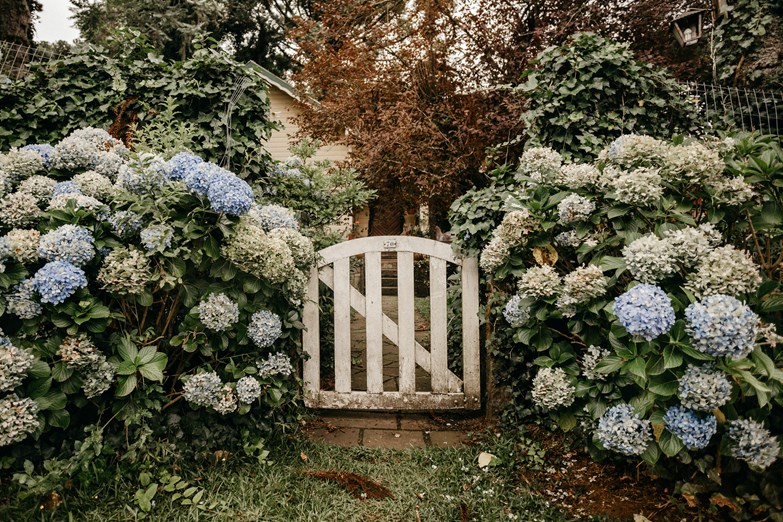
TerraQuest News
- May 2022
Everything you need to know about planning permission in your garden
There is not long to go until summer starts. The weather is warming up, the barbeques are getting dusted off and the grass is getting mowed. Now is the perfect time to make some positive changes to your garden so you can be as comfortable as possible this summer. However, if you do decide to make some changes, you need to be aware of planning permission rules. Knowing whether you need planning permission before you get started is very important.
People who do not get the necessary planning permission for something they are doing, risk the possibility of serious consequences and enforcement action. This can end up extremely costly, and failure to comply with an enforcement notice can result in court action and legal penalties.
What is planning permission?
In simple terms, planning permission is asking if you can do a certain piece of building work. Subject to certain conditions, it will be granted or refused.

What is permitted development?
Permitted development rights are a type of general planning permission granted by Parliament. If your plans fall within certain restrictions, permitted development allows you to avoid planning permission. However, you may have used up all your permitted development rights if you’ve had building work done before. Please note that permitted development does not apply to flats and maisonettes, only houses and outhouses.
Landscaping:
In some cases, some landscaping jobs may require planning permission.
- Do not prune or take down any trees until you know whether you need planning permission or not. Some trees and hedges are protected by tree preservation orders which means you cannot prune them without permission from the council. If you live in a conservation area or a listed building, the same goes. If you decide to plant a hedge in your garden, there are no rules about height, but you are responsible for taking care of and maintaining the plant.
- You must seek permission to do anything which involves changing the appearance of a listed building or the land surrounding it.
- Even though you don’t need planning permission for outdoor lighting, you should let your neighbours know if it will impact them in any way.
Garden Rooms:
- The garden room must not be at the front of your home and if you have extended it then the front refers to how it stood on the 1st of July 1948.
- The eaves must be no more than 2.5 metres above ground level.
- It must not be a living accommodation.
- It must not cover more than 50% of the total area of land around your house.
- It must be less than three metres high (four metres with a dual-pitched roof) and single storey. The maximum height is 2.5 metres if it is within 2 metres of your boundary.
- It must not have a balcony, raised platform or veranda.
- If you live in a National Park, a World Heritage Site, the Broads, or an AONB, the maximum area of outbuildings that are more than 20 metres from your house should be 10 square metres. Furthermore, if any part of your garden room would sit between the side of your house and the boundary of your property, you’ll need to get planning permission in National Parks, the Broads, World Heritage Sites, AONBs and conservation areas.
- You’ll need to get planning permission for any outbuilding if you live in a listed building.

Decking:
You can usually put up decking and other raised platforms without planning permission, under permitted development.
- The decking or raised platform must not exceed 30cm from the ground.
- The decking should not exceed 50% of the land surrounding the house.
Fences, Gates, and Walls:
Provided you meet certain guidelines, permitted development will allow you to maintain, erect and construct fences, gates, and walls in your garden.
- The overall height should not exceed 1 metre if your house is adjacent to a highway. If it's not adjacent to a highway, the height should not exceed 2 metres.
- Planning permission will be needed around a listed building.

If you would like to find out more about planning permission, please visit the Planning Portal and take a look at their many guides, information, and interactive house. Remember to always contact your local council to check whether you will need planning permission. Not obtaining planning permission when needed can be costly and result in court action and legal penalties.


